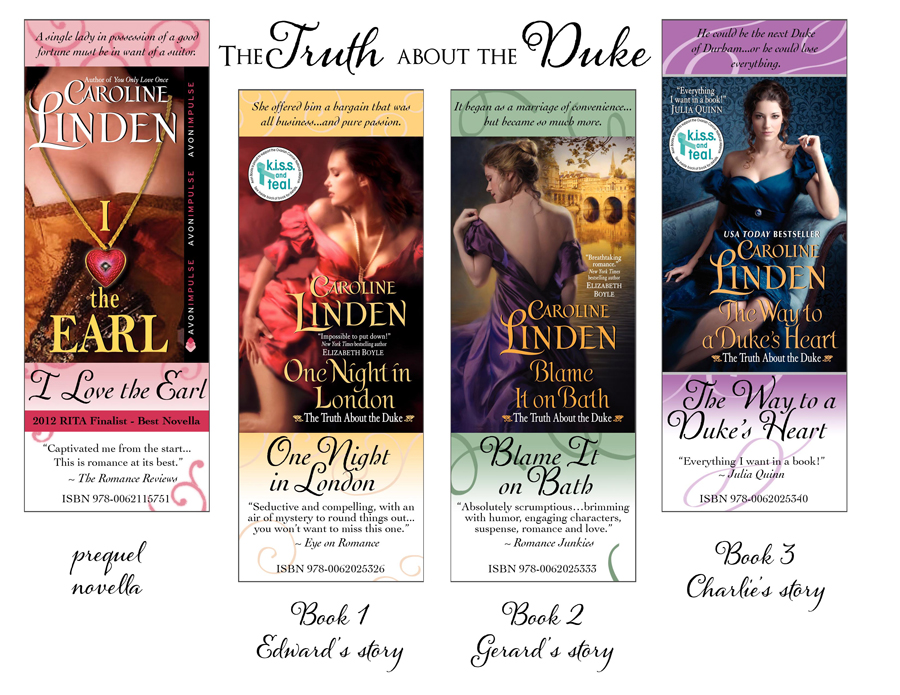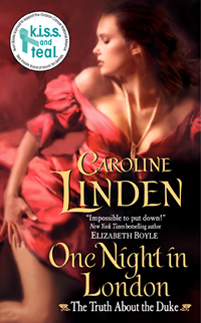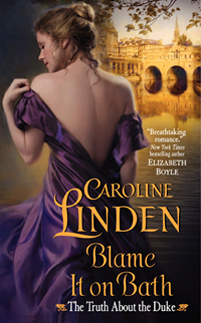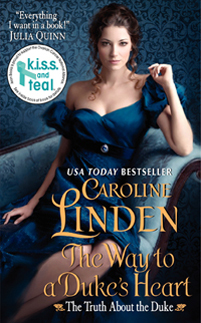The Durham Dilemma is loosely inspired by a true case, of Arthur, purported 7th Earl of Anglesey. In 1770, he petitioned the King for a Writ of Summons to Parliament. This was the formal application to be recognized as the Earl of Anglesey in Great Britain, and to take the Anglesey seat in Parliament. Arthur had already been granted his Irish titles by the Irish Parliament, but there turned out to be a problem in Britain. Someone claimed Arthur was not, in fact, legitimate because his parents weren't legally married when he was born, and it led to a hearing before the Committee of Privileges, the Parliamentary committee charged with sorting out claims to peerages.
Richard, 6th Earl of Anglesey, was quite a guy; he had anywhere from two to four wives, depending on whom one asked. Marriage records weren't quite as reliable back in the 1730s and 1740s, and for "proof" of various marriages, people who knew the family were called to testify: did the couple live as man and wife? did retainers call her Lady Anglesey? did Lord Anglesey treat her as his wife, or more casually? Unlike today, there was no official register of births, deaths, marriages. Family Bibles and parish records, along with eyewitness evidence from those who knew the couple, could establish—or deny—a union between them. After charges of forged letters and certificates, a lot of prejudice against lower classes, and a fair amount of "I don't recall," the Committee for Privileges found that Arthur was not the legitimate heir of his father, because the marriage certificate between his parents was found to be faked: backdated to before Arthur's birth in 1744. He was denied his English titles, but got to keep his Irish dignities. Once a title is granted, it's granted for good. The peerage of Anglesey has been extinct ever since, but Arthur was made 1st Earl of Mountnorris in 1793.
Married, or Not
Prior to the Hardwicke Marriage Act of 1753, marriage laws were more like guidelines than mandatory practice; as long as a couple had the banns read (public pronouncement of intent to marry) or secured a license, and married in the parish where at least one of them lived, all was well. But licenses were expensive, and people who didn't want to wait for the banns or get married in their home parishes wanted other ways. Thus was born the clandestine marriage, or irregular marriage. A couple might read the banns, but not marry in a home parish. The Fleet prison came to prominence as a place where one could find a minister—some merely disgraced, some absolute frauds— and marry for a reasonable sum in discreet privacy. A Scottish case finally stirred the Parliament to action, when two women both claimed to be the widow of the same man. After this Parliament finally passed a law strengthening the requirements of a valid marriage. Of course, by then Francis de Lacey, my future Duke of Durham, had already made his impulsive first marriage. The majority of irregular marriages were upheld, as long as there was proof they had both intended it to be a real marriage and no fraud was involved. Scottish law remained a bit looser, which is why you read about couples eloping to Gretna Green into the 1800s; they were trying to outwit the requirements of the Hardwicke Act.






